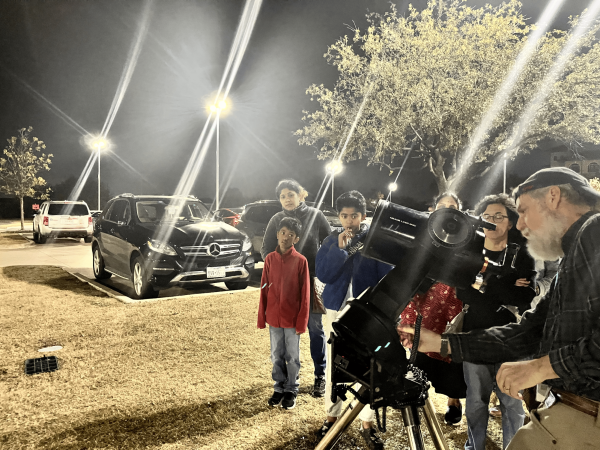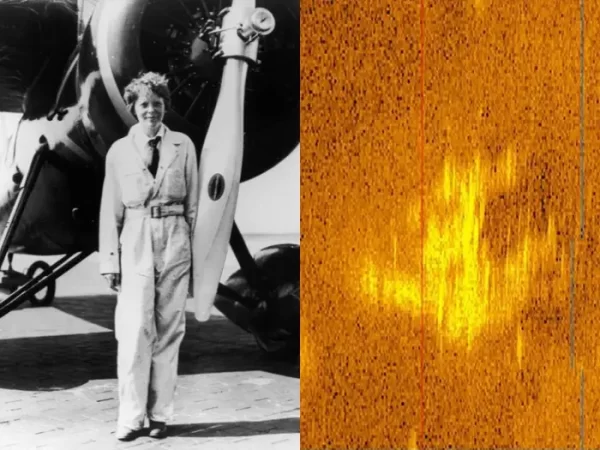Review: “Avatar: The Way of Water”
After an excruciating 13 years, the long-awaited sequel to the Oscar-winning, “Avatar”, was released on Dec. 16, 2022.
“Avatar: The Way of Water”, directed by James Cameron, follows the aftermath of the war between the indigenous Na’vi people of Pandora, and the humans who try to destroy the planet for resources.
From the breathtaking visual effects to the emotional journeys explored within the film, “Avatar: The Way of Water” has made tremendous breakthroughs in the animation and acting industries.

Photo Credit: “Avatar: The Way of Water”
Most notably the animation for the water clan, The Metkayina, and the new water animals such as the Tulkin and Ilu were incredible. I think the most sensational visual within the program was the bioluminescent underwater creatures.
In terms of clarity, compared to the previous film, “Avatar: The Way of Water” is much clearer and has better animation for the body movement of the Na’vi.
I loved the way the film portrayed the shift in the dynamic of Jake Sully and Neytiri in their new roles as parents. I think by making Jake Sully have an authoritarian parenting style toward his children, it added depth to his character by shifting him from a reckless young adult to someone who had high expectations of the people he cared about. With Neytiri, it made her a much more emotional and loyal person.

Photo credit: “Avatar: The Way of Water”
One of my favorite aspects of the film was how it emphasized Sully’s relationship and influence on each of his children.
Sully viewed his oldest son, Neteyam, as the “perfect” child who was responsible for the other children. This caused Neteyam to make many risky decisions as he bore the weight of trying to live up to his father’s expectations while also setting an example as the oldest child.
My favorite journey throughout the movie was the second oldest son, Lo’ak’s. Due to the fact that Sully would always criticize him and praise Neteyam, he felt like an outsider and a disappointment to the family. However, by the end of the movie, he displayed growth by finding his identity and place amongst his siblings.
Although Kiri’s introduction as the daughter of Grace Augustine (a notable scientist in the first film) was random, her path to self-discovery throughout the film was notable. Despite not being directly related to Sully or Neytiri, Kiri was treated like their child and a sibling to Tuk, Neteyam, and Lo’ak. Kiri’s origins to Grace not only made her feel different but made her curious about her connection to Eywa (the supreme de

ity of the Na’vi) and her mother.
Despite not having much nuance or depth, the youngest daughter, Tukitrey or “Tuk”, was still a lovable, lighthearted, and charming character.
Along with the new characters, the introduction of the water tribe added development to the world-building aspect of the movie.
I thought it was creative for the film to introduce a new water-based tribe, the Metkayina, into the universe of Avatar. It was cool to see the differences in features like skin color and tail structure, that set the Metkayina apart from the Omatikaya. For example, Tonowarni, Ronal, Tsireya, and Aonung (the head Metkayina family) had bigger and lighter bodies that were more suited for the ocean.

Photo Credit: “Avatar: The Way of Water”
The sequel also highlighted the continuation of conflicts between the Na’vi and the humans.
In the first movie the main antagonist, Colonel Miles Quaritch died, in the second movie his spirit reincarnated into the body of a Na’vi. Throughout the movie, he had the main goal of killing Jake Sully as revenge for his former life. I think this plot point was a weak aspect of the movie because it never explained why or how he reincarnated. This made his introduction to the movie feel like a lazy way to introduce conflict in the plot.
Furthermore, the movie introduces Spider, a young human boy who was left behind by his father, Miles Quaritch, and raised alongside Neteyam, Lo’ak, Kiri, and Tuk. Since in the original movie there was no indication of Quartich having kids or leaving any behind, this was a major plothole. I also think that Spider’s character was wholly unnecessary, as it felt like he was only inserted in the movie to spark conflict between the Na’vi and the humans.
Overall, the whole movie centering around Quartich wanting revenge against Jake Sully was repetitive to the original film and was boring at times.
The ending of “Avatar: The Way of Water” felt incomplete as it ended with Spider saving Quartich and Jake Sully and his family being recognized as part of the Metkayina. Although the movie makes a good transition to a possible third film, by itself the plot is weak.
Regardless of the lazy plot and the lack of explanation for certain events, “Avatar: The Way of Water” was an astonishing and scenic film that I highly recommend people watch.





